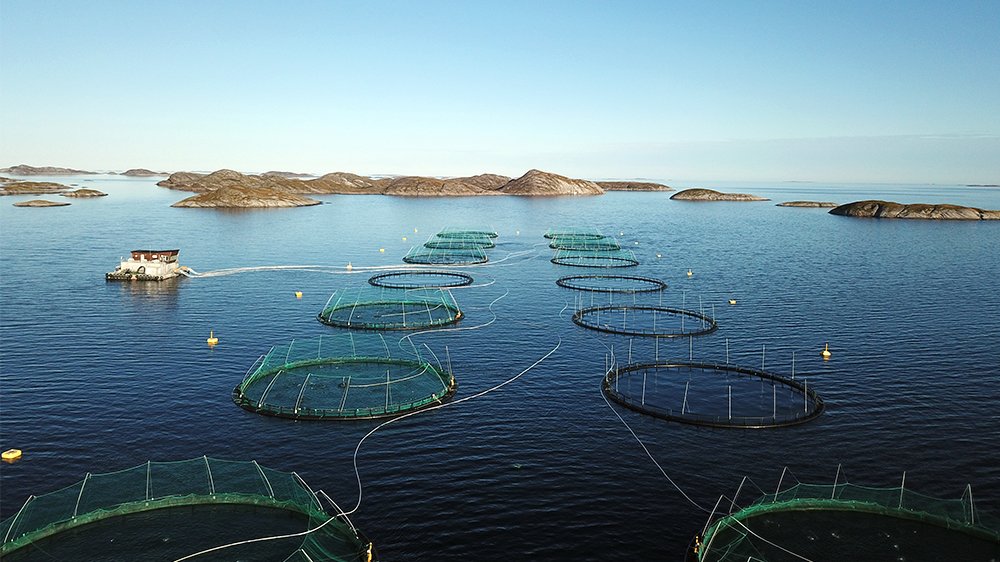
Changing a feeding barge to hybrid operation is both simple and profitable. Even if you plan to buy a new barge in a couple of years, it may pay off. Hybrid operation is becoming the standard for new feeding barges. However, the biggest market is the so-called retrofit market, where we convert barges already in service to hybrid operation.
When we started to work on solutions for hybrid operation, we were surprised at the potential for savings. That is to say that we didn't quite dare to believe our calculations.
After selling a large number of solutions, and experience customer's yields, it is fair to say we had reason to doubt the figures we arrived at, although with the opposite effect: We had been too conservative in our approach. The actual results have exceeded our expectations.
It's easily understandable that our customers also think this is too good to be true:
- Is it this easy to convert the barge for hybrid operation?
- Is the system paid off in two to three years from reduced operating expenses?
- Does the battery last for 20 years?
These objections are entirely understandable, and I had them myself. So I decided to address the most common questions we receive and provide unbiased and verifiable answers.
1. Are all feeding barges in operation retrofittable?
In principle, they are. Some barges have small hatch openings requiring the system delivered in smaller sections. Then they may be brought on board using the available hatches. Otherwise, no individual adjustment or modification of the barge is required to install the system.
2. What preparations are needed to install the system?
The solution is turnkey. No effort is required from the customer before installation, although some prefer to transport and load the components.
3. How long does a retrofit take?
The process starts with an assessment in which we analyze the use case at the location. Based on this, we decide whether a small, medium, or large solution is required. We also calculate the potential savings from converting to hybrid operation, from which we predict the payback period for the investment. We provide a guarantee for this calculation.
Eight weeks after the conclusion of a contract, the components arrive at the facility. One to two weeks of installation follows before calibration and testing for three to four days.
Then the system is ready for use.
4. When can I expect to see benefits?
The most apparent effect is how the working environment radically changes from the moment the hybrid system goes into operation. Noise and vibrations vanish almost entirely, and soot issues disappear for good.
5. How much can I save in operating expenses?
With the control software, which runs on a tablet or a PC, you can monitor diesel consumption. You will notice a considerable reduction from day one. Expenses related to transporting diesel will consequently drop sharply.
Besides, you won't have to replace the generator - it endures for the entire lifetime of the barge. Traditional generators need replacement every five years.
6. When can I expect the investment to become profitable?
The investment in hybrid operation is regained in a matter of two to three years of service. We calculate in advance how this relates to your facility and guarantee these numbers.
7. What level of maintenance is required on a hybrid system?
Operation is fully automatic, and no supervision is necessary. Expect to change oil twice a year, compared to conventional systems, where this is carried out every month.
8. How long does the battery pack last?
This is an industrial solution, so the quality of the elements is decisive. We use components from Siemens and Samsung and guarantee a lifetime of at least 20 years. During this period, the battery may be charged 8,000 times.
Would you like to know how an investment in hybrid operation would work out for your location? Get in touch by clicking the link below.
{{cta('b4bbf6ed-d0c6-459c-9e3d-36110c3e7d16')}}